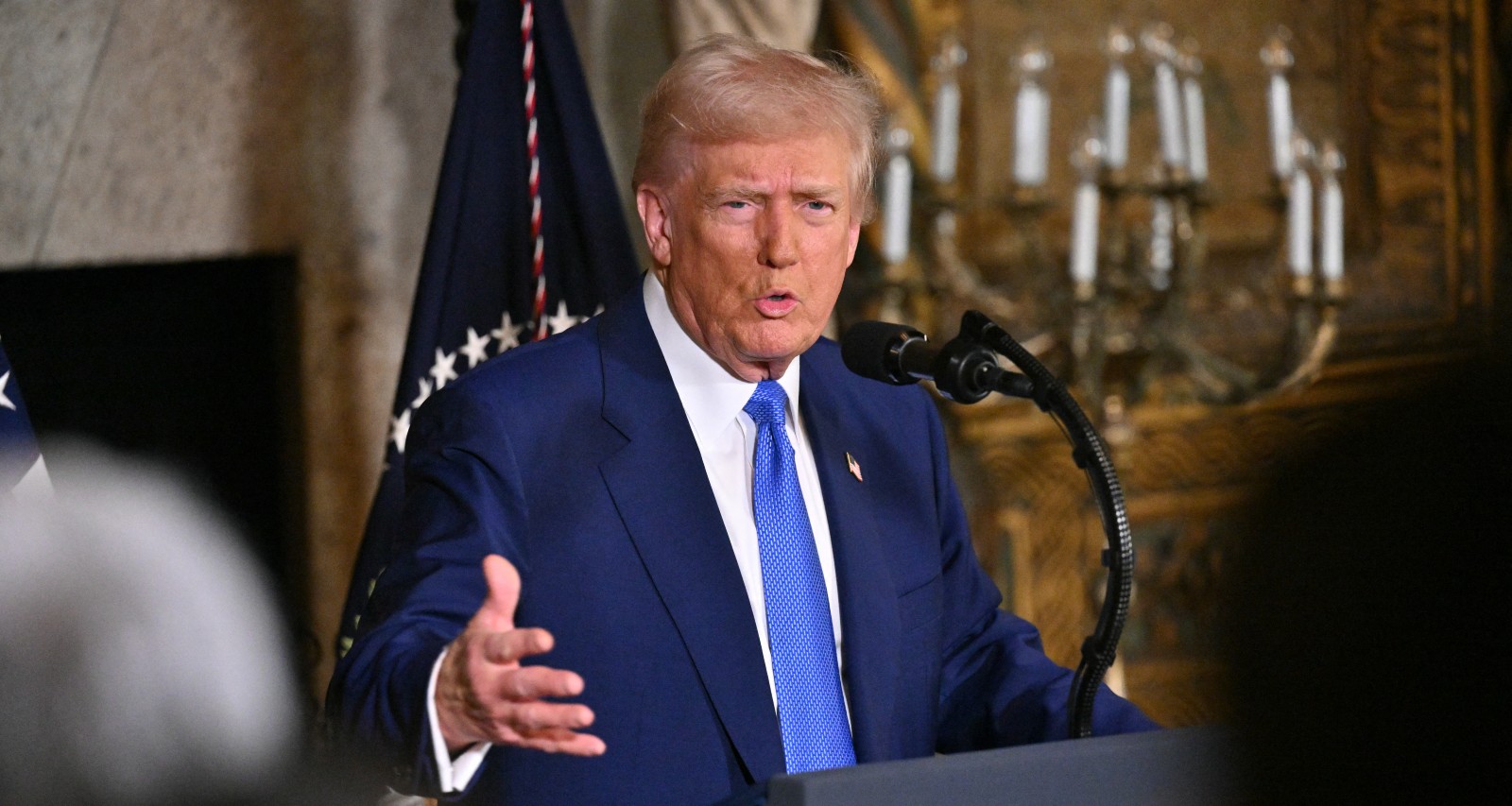Analysis reveals significant uptick in government expenditures despite campaign promises to reduce costs
The Trump administration’s first 100 days in office have generated considerable attention following a comprehensive spending analysis that reveals federal expenditures have increased by $220 billion compared to the same period in 2024 under the Biden administration. This development comes despite President Donald Trump’s campaign promises to implement significant cost-cutting measures across the federal government.
Campaign Promises vs. Early Reality
During his presidential campaign, Donald Trump made reducing government spending a cornerstone of his platform, promising voters substantial cuts to federal expenditures and more efficient use of taxpayer dollars. The 47th President returned to the White House in January 2025 with a mandate for what he described as “wholesale changes and cuts” to government operations.
To underscore his commitment to fiscal responsibility, Trump appointed Tesla CEO Elon Musk to head the newly created Department of Government Efficiency (DOGE), specifically tasked with identifying and eliminating unnecessary government spending. The department has claimed to have saved $170 billion through various cost-reduction initiatives, though these figures have yet to undergo independent verification.
CBS News Analysis Reveals Spending Surge
According to a comprehensive analysis conducted by CBS News, federal spending during Trump’s first 100 days—from January 20 through April 29, 2025—exceeded comparable period spending under the previous administration by $220 billion. The data analysis examined government expenditures across multiple departments and programs, providing a detailed comparison with the same timeframe in 2024.
The CBS investigation found that current government spending levels represent the highest in the past decade, with only one notable exception: 2021, when the COVID-19 pandemic necessitated unprecedented federal spending to combat the health crisis and prevent economic collapse. The 2021 spending included trillions of dollars in pandemic relief, economic stimulus measures, and healthcare responses.
Key Areas of Increased Expenditure
The analysis identified several major categories where federal spending has increased significantly compared to the previous year’s corresponding period:
Medicare and Social Security Benefits: These entitlement programs have seen the most substantial increases, with spending rising by over $37 billion compared to the same period under the Biden administration. This increase reflects both demographic trends and policy adjustments implemented by the new administration.
Department of Defense: Military spending has received substantial increases as the Trump administration has prioritized defense capabilities and national security initiatives. The Pentagon’s budget allocation has grown significantly during this initial period.
Veterans Affairs: Support for veterans’ programs and services has seen considerable investment, reflecting the administration’s commitment to improving care for military veterans and their families.
Interest on Treasury Securities: The cost of servicing the national debt has increased substantially, reflecting both the growing debt burden and changing interest rate environments.
Department of Agriculture: Agricultural programs and rural development initiatives have received increased funding during this period.
Department of Government Efficiency Claims
Despite the overall spending increases revealed in the CBS analysis, the Department of Government Efficiency, led by Elon Musk, has publicly claimed significant cost savings. According to DOGE’s official statements, the department has achieved $170 billion in savings through various mechanisms, including:
- Asset sales and liquidations
- Contract and lease cancellations and renegotiations
- Elimination of fraud and improper payments
- Grant program cancellations
- Interest savings from debt restructuring
- Programmatic changes and eliminations
- Regulatory cost reductions
- Workforce reductions across government agencies
However, these claimed savings have not yet been independently verified by congressional oversight bodies or independent auditing organizations, raising questions about the methodology used to calculate these figures.
Workforce Reduction Initiatives
As part of the cost-cutting strategy, the Trump administration has implemented significant workforce reductions across multiple government departments. The education sector has been particularly affected, with mass layoffs occurring as part of the administration’s broader plan to eliminate the Department of Education entirely.
President Trump has characterized these personnel reductions as necessary steps to eliminate what he describes as bureaucratic inefficiency. “We’re getting rid of the fat that the country is riddled with,” Trump stated in March 2025, according to The Independent.
The president has indicated that the workforce reduction process will continue over the coming months, suggesting that current employment levels across government agencies will be further reduced. “We’re getting down to a point we think probably over the next two or three months, we’ll be pretty much satisfied with the people that are working hard and want to be members of the administration and our country,” Trump explained.
Immigration Enforcement Costs
A significant portion of increased federal spending has been attributed to enhanced immigration enforcement operations. The Trump administration has prioritized what it describes as “the largest deportation campaign in American history,” implementing extensive removal operations that have generated substantial costs.
According to immigration officials, at least 350 deportation flights have been conducted since Trump’s inauguration, representing a significant increase in removal operations compared to previous periods. These flights are operated by ICE Air Operations, which utilizes both regular charter flights and specialized high-risk charter aircraft depending on the circumstances of each removal operation.
Flight Operation Costs: ICE Air Operations reports that regular charter flights average approximately $8,577 per hour, while specialized high-risk charter flights can cost up to $27,000 per hour. These costs include aircraft operation, security personnel, medical staff, and coordination with receiving countries.
Total Program Expenses: The Mirror has estimated that deportation flights alone could be costing taxpayers as much as $94.5 million, though this figure represents only direct flight operations and does not include associated costs such as detention, processing, and administrative expenses.
The American Immigration Council has provided a more comprehensive cost analysis, estimating that the complete deportation program could cost approximately $88 billion annually when all associated expenses are included. This estimate encompasses the broader infrastructure requirements necessary to support large-scale removal operations.
Infrastructure and Detention Requirements
The scale of the administration’s immigration enforcement goals has necessitated significant investments in detention infrastructure and processing capabilities. The American Immigration Council analysis notes that achieving the administration’s stated objectives would require unprecedented expansion of existing systems.
“This would require the United States to build and maintain 24 times more ICE detention capacity than currently exists,” the council stated in its analysis. “The government would also be required to establish and maintain over 1,000 new immigration courtrooms to process people at such a rate.”
These infrastructure requirements represent long-term cost commitments that extend far beyond the immediate operational expenses of removal flights and current detention facilities.
Public and Political Response
The spending analysis has generated significant public discussion and political commentary. Citizens and policy analysts have expressed surprise at the magnitude of spending increases, particularly given the administration’s campaign commitments to reduce government expenditures.
Social media platforms and news commentary sections have reflected public concern about the apparent contradiction between campaign promises and early spending patterns. “So much for the government spending cuts,” noted one observer, reflecting broader sentiment about the disconnect between promised and actual fiscal policies.
Budget Reconciliation Challenges
The spending increases during Trump’s first 100 days highlight the complex challenges involved in reducing federal expenditures while simultaneously implementing new policy priorities. The administration faces the difficult task of balancing cost-cutting objectives with the financial requirements of its policy agenda, including enhanced border security, military modernization, and various domestic programs.
Congressional budget analysts note that significant portions of federal spending are mandatory expenditures that cannot be easily reduced without legislative action. Programs such as Social Security, Medicare, and debt service payments represent substantial portions of the federal budget that are largely beyond executive control.
Looking Forward
As the Trump administration continues beyond its initial 100 days, questions remain about how spending patterns will evolve and whether the promised cost reductions will materialize in subsequent periods. The Department of Government Efficiency’s ongoing efforts to identify savings opportunities will be closely monitored by congressional oversight committees and independent analysts.
The administration’s ability to achieve its dual objectives of implementing new policy initiatives while reducing overall government spending will likely remain a central focus of political and media attention throughout Trump’s second term. The success or failure of these efforts will have significant implications for both fiscal policy and the administration’s political credibility.
The coming months will provide additional data points for evaluating whether the early spending increases represent temporary implementation costs for new programs or indicate a broader trend of increased federal expenditures despite campaign promises to the contrary.

Lila Hart is a dedicated Digital Archivist and Research Specialist with a keen eye for preserving and curating meaningful content. At TheArchivists, she specializes in organizing and managing digital archives, ensuring that valuable stories and historical moments are accessible for generations to come.
Lila earned her degree in History and Archival Studies from the University of Edinburgh, where she cultivated her passion for documenting the past and preserving cultural heritage. Her expertise lies in combining traditional archival techniques with modern digital tools, allowing her to create comprehensive and engaging collections that resonate with audiences worldwide.
At TheArchivists, Lila is known for her meticulous attention to detail and her ability to uncover hidden gems within extensive archives. Her work is praised for its depth, authenticity, and contribution to the preservation of knowledge in the digital age.
Driven by a commitment to preserving stories that matter, Lila is passionate about exploring the intersection of history and technology. Her goal is to ensure that every piece of content she handles reflects the richness of human experiences and remains a source of inspiration for years to come.
